Unlocking the Mystique: A Comprehensive Guide to Pricing Pearls

As pearls become more mainstream, you may be thinking of owning them. Great decision. Yet, you may be wondering if there are affordable types or specific things to look out for in terms of pricing. This article throws light on that and guides you through pearl pricing.
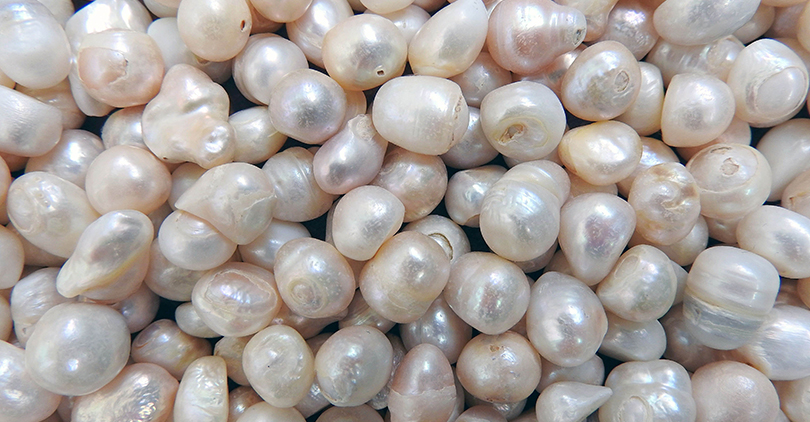
Overview of the Value and Allure of Pearls
Rare. Lustrous. Regal. That is where the allure and value of pearls lie. They’re nature’s wonder to man. The only gemstone formed from a living organism. As much as you’d want to own pieces of pearl jewelry, it is important to understand the factors that influence its pricing. These factors range from size, shape, color and origin of pearls.
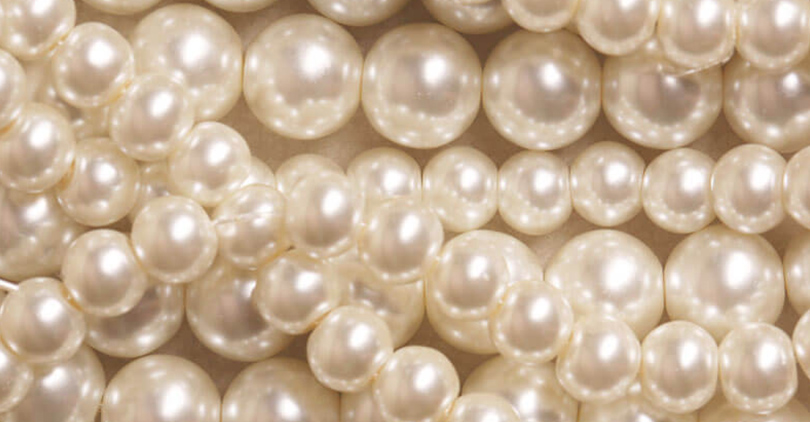
Importance of Understanding Factors Influencing Pearl Pricing
Why should you concern yourself with factors that influence pearl pricing? Well, understanding those factors will help you decide on which pearls are suitable for you. It can also help you understand what to look out for when buying pearls. That way, you don’t end up with a fake. If you are buying pearls as an investment, understanding these factors can also help you know the most valuable one to pick because some pearls are unsuitable for long-term investment.
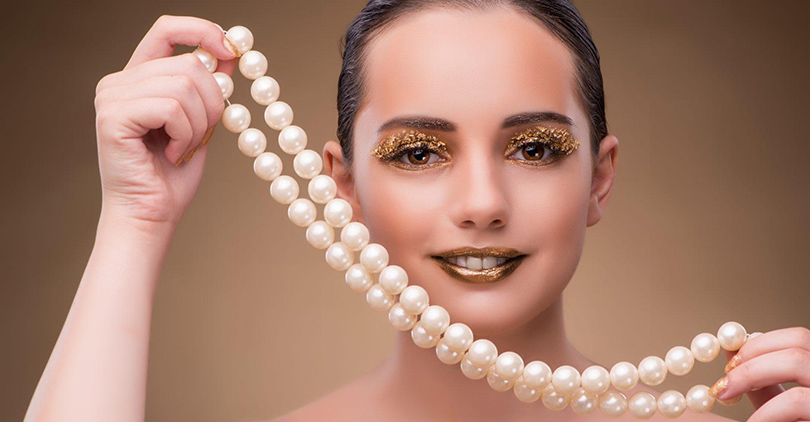
Types of Pearls
Akoya Pearls
Akoya pearls are a great choice for long necklaces and bracelets. They are famous for their consistent roundness and mirror-sharp luster. That is why they are highly priced. They are cultured in Japan, China, and Vietnam. You can expect to pay anywhere between $200 to $10,000 for a strand of Akoya pearls.
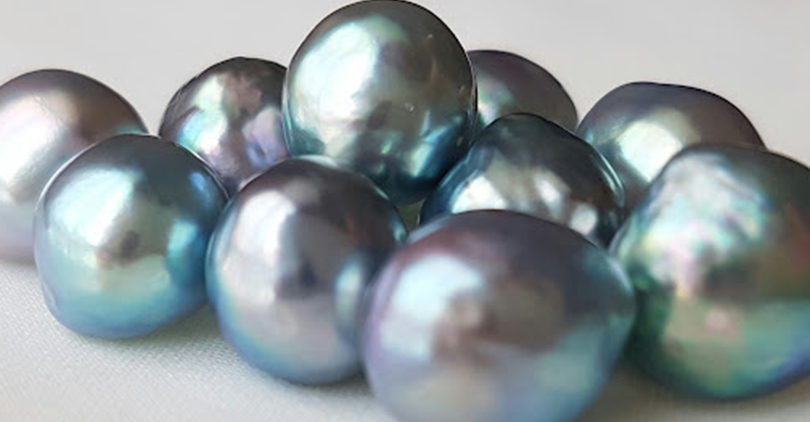
Tahitian Pearls
Tahitian pearls, farmed in French Polynesia, have a satin-like luster and metallic reflection. They come in large sizes, up to 8 mm to 18 mm. Known for their dark colours, Tahitian pearls have a unique overtone that shines through and gives them an exotic appearance. If you want to go Tahitian, you can find a strand for around US$150 to US$2000.
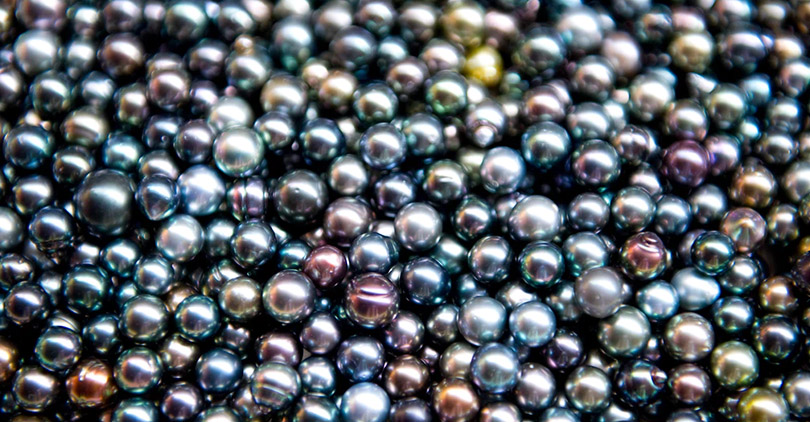
South Sea Pearls
Everyone in the pearl world knows them as the “Queen of Pearls”! They’re easily the most luxurious and valued pearls considering their gold and large appearance. They have an extremely sharp luster that produces vivid reflections, thanks to their thick nacre. Their gracious luster, colors and rarity make them the most expensive pearls you can own. A strand of South Sea pearls can start from $1000 to over $10000 in some cases.
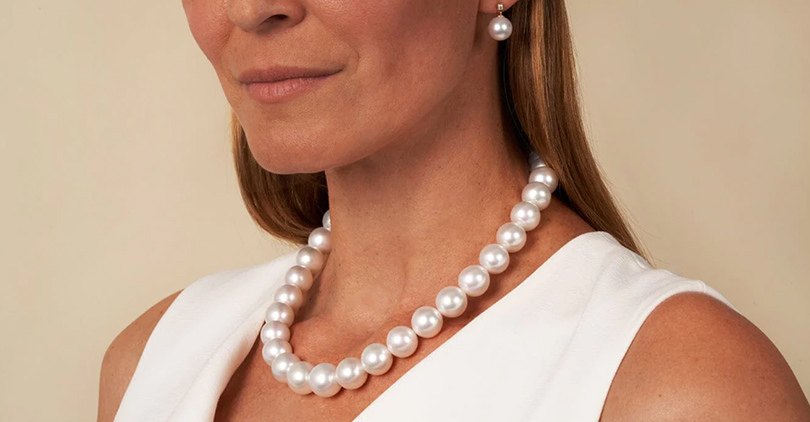
Freshwater Pearls
These pearls, cultured in Japan, the United States and China, come in a variety of colors and sizes. You can find them everywhere as they are the most common pearl type. Freshwater pearls are commonly used in modern fashion and designer jewelry, and they are budget-friendly.
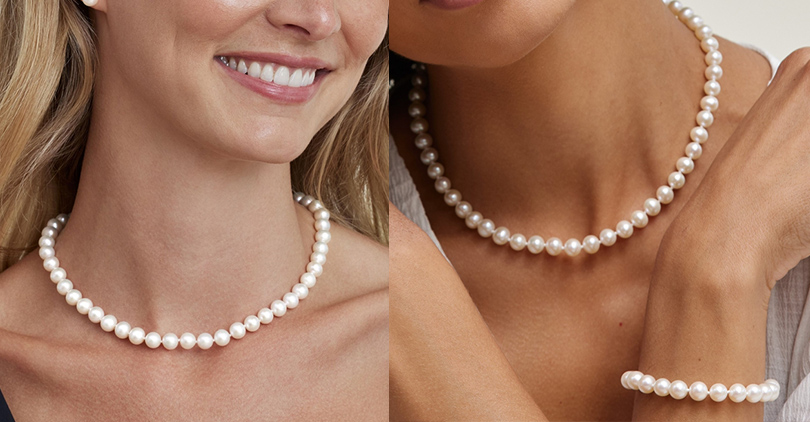
Factors Influencing Pearl Pricing
Aside from the 7 factors outlined by the GIA, things like demand and supply, location and rarity also affect the price of pearl.
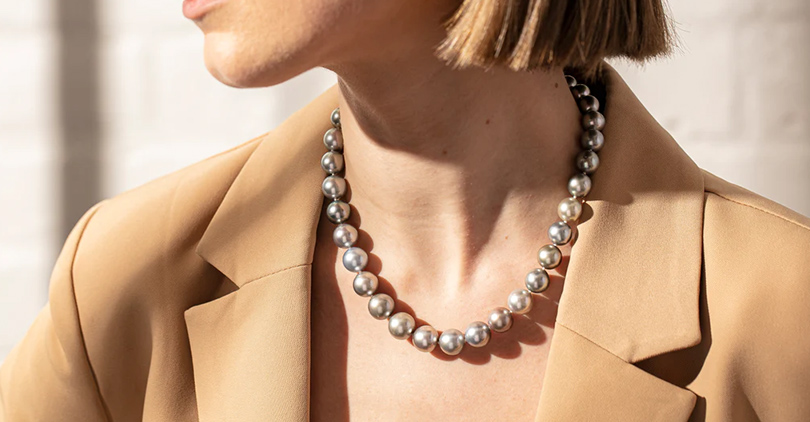
Size
Other factors being equal, the larger the pearl, the greater the value! It is usually affected by the size of the oyster that produces it. So, oysters that produce South Sea pearls tend to be larger. Akoya pearls, on average, tend to be the smallest pearl type.
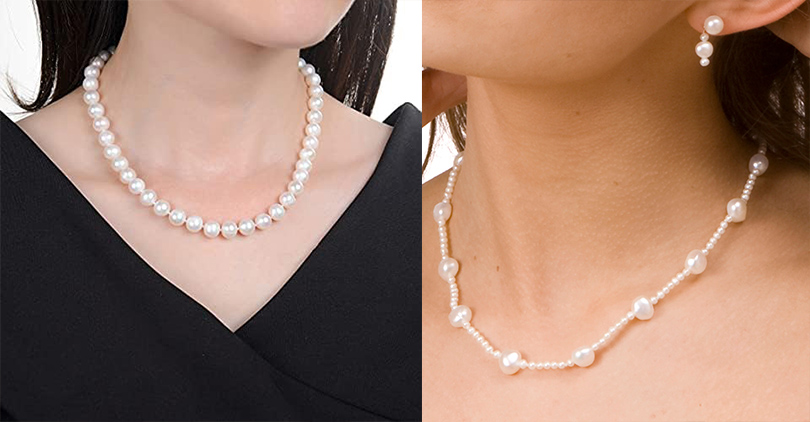
Luster
Luster is that feature that gives pearls their unique shiny reflection. It is by far one of the main factors in pearl quality and pricing. When we talk about luster, Akoya pearls come to mind. They have the best luster. Their rich, strong luster comes from the cold waters that enable the production of nacres that reflect light. With other factors being the same, pearl luster is one of the main factors in its pricing.
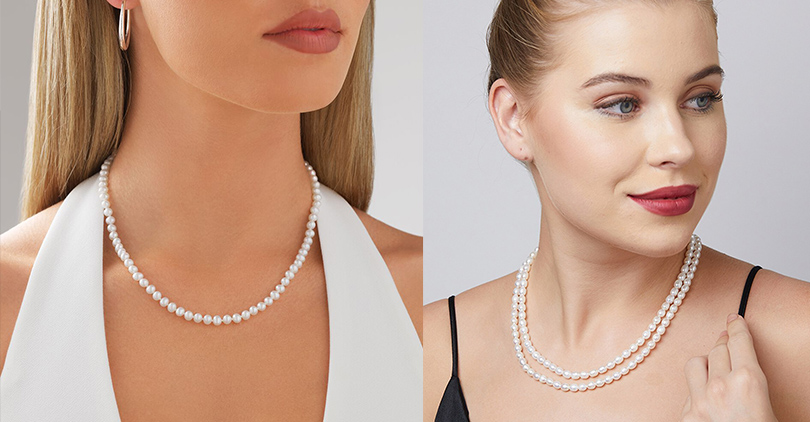
Surface Quality
It is easy to see scratches and pits on pearls with low quality. High-quality pearls do not have blemishes that are visible to the eyes. Note that pearls come with some level of imperfection, like wrinkles and pits. However, a few irregularities on the surface area are fine if they are not clear and visible to the eye. Surface quality greatly affects the price of pearls.
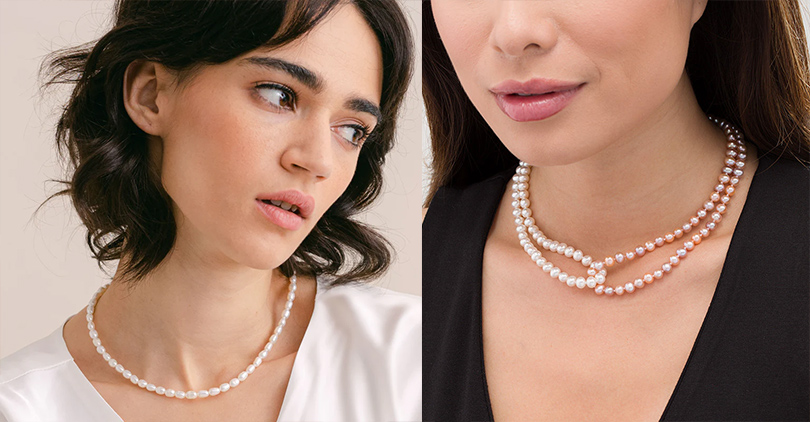
Shape
Generally, round pearls are the most priced pearl shape because oysters rarely produce consistent sound pearls. They are more valued as opposed to baroque, tear-drop and oval-shaped pearls. Akoyas are famous for their almost perfect roundness—a factor that makes them valuable.
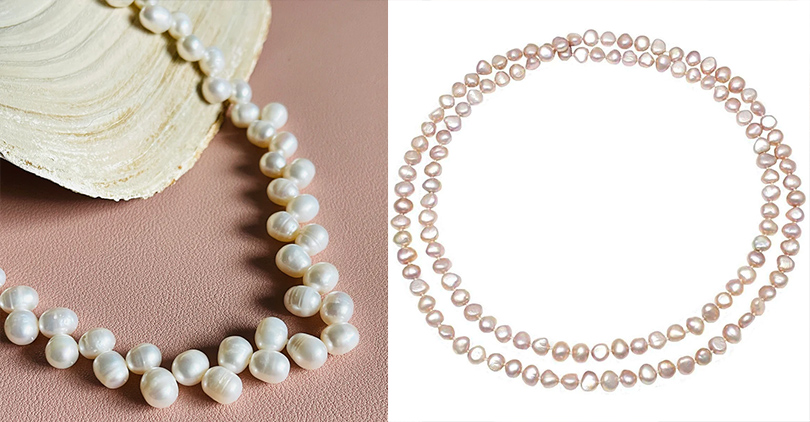
Color
Peacock green Tahitian pearls and gold-colored South Sea pearls are among the rarest and most sought-after pearl colors. Blue and silver Akoya pearls also attract higher prices due to their rarity. But it is not only because of their colour. Instead, it is because they have an overtone and orient. Here is the thing. While all pearls have a body colour, most do not have an overtone or orient or both. So, you can expect the ones with body colour, overtone and orient to cost more.
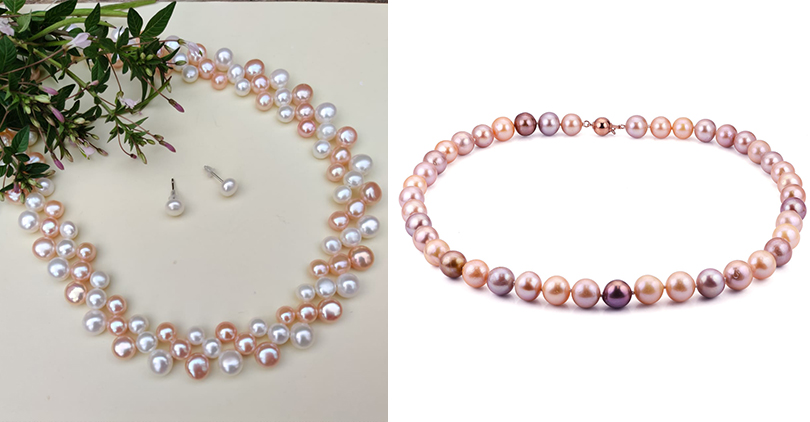
Origin
Wondering how origin and pearl pricing relate? Simply put, pearl pricing is subject to whether the pearl type is natural or cultured. Since natural pearls are becoming more and slowly drifting into extinction, they are more expensive than cultured pearls.
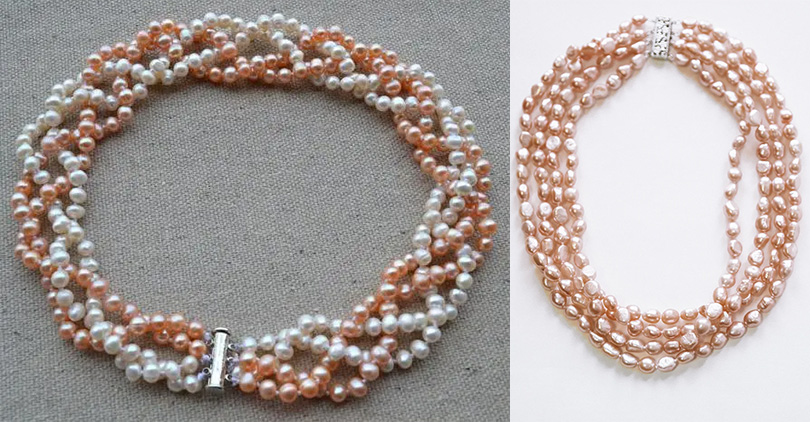
Market Trends and Pricing
Understanding Current Market Trends in the Pearl Industry
With more e-commerce platforms, a growing middle-class population, and disposable incomes, people are buying more pearls. Here is a snapshot. The pearl market was worth around US$10.49 Billion in 2023. Analysts expect it to reach USD 24.37 Billion by 2030, a growth rate of 12%.
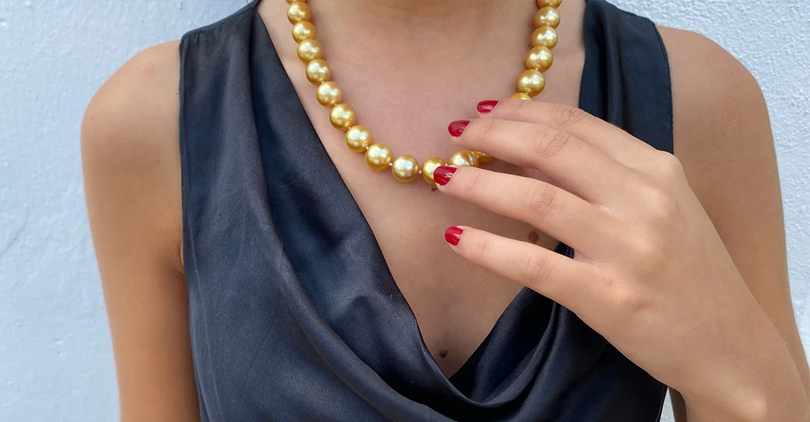
Influence of Fashion and Cultural Preferences on Pearl Prices
Cultural and gender norms are contributing to the growth of pearls. For instance, more young men are getting more comfortable wearing pearl jewelry. This is unlike previous times. Also, with freshwater pearls everywhere in the market, pearl jewelry is becoming more popular and accessible to everybody. So, there is more demand for pearls, and prices may go up for rare pearls, while freshwater pearls remain cheaper as they are more available in large quantities.
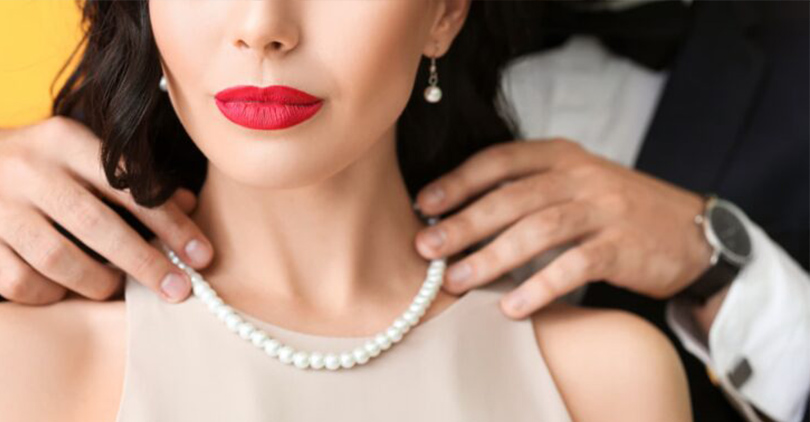
Grading Systems
Commonly Used Grading Systems
While the grading system should help give some clarity, it may confuse you since there is no single universal grading system. The AAA-A system is the most commonly used one, with AAA being the highest grade and A being the lowest. There is also the A-D scale, with A being the highest and D the lowest.
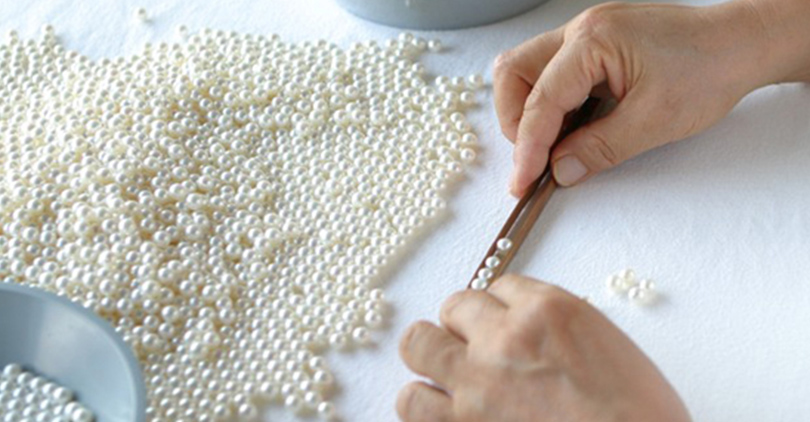
AAA Grade / A Grade: This is the highest grade, indicating that pearl jewelry is over 95% clean and has excellent luster. Pearls of this grade show surface reflections that you can easily see.
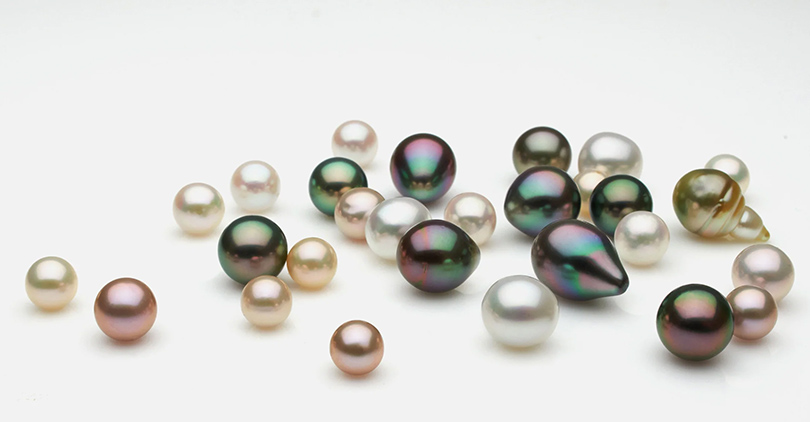
AA+ Grade / B Grade: Pearls at the grade show a 90-95% clean surface with high to excellent luster. They have good surface reflections, and the blemishes or pits are not clear or visible. Akoyas at this grade have thick nacre of around 0.4mm, while freshwater pearls have solid nacres.
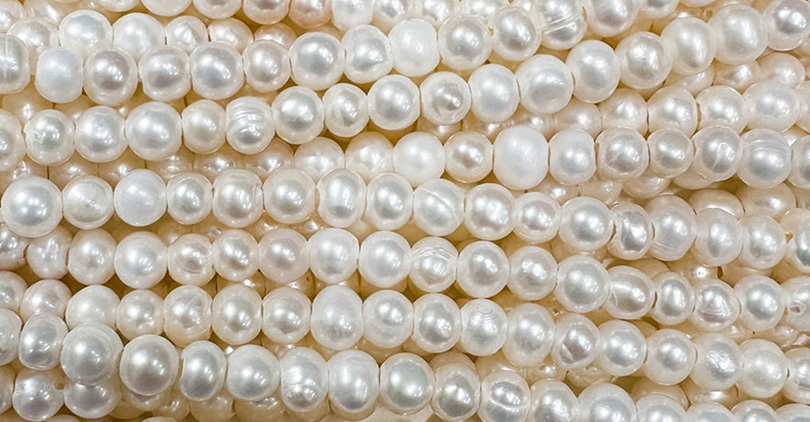
AA Quality / C Grade: Pearls of this grade show noticeable blemishes. Their luster may be good to high, but surface reflections are usually blurry. Akoyas at this grade have thin nacre, while freshwater pearls may still have solid nacre.
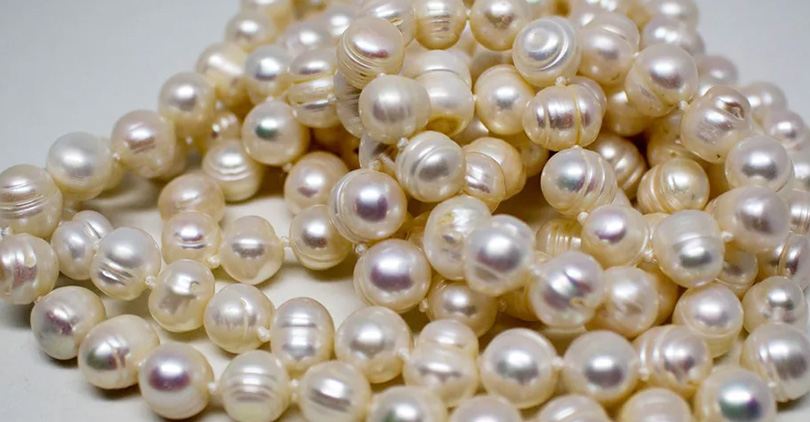
A Quality / D Grade: This is the lowest grade for pearls. The luster is good but not shiny like the higher grades. Light reflection on pearls in this grade will be blurry and dull, and you can have anything from 30 to 40% surface blemishes on the pearls.
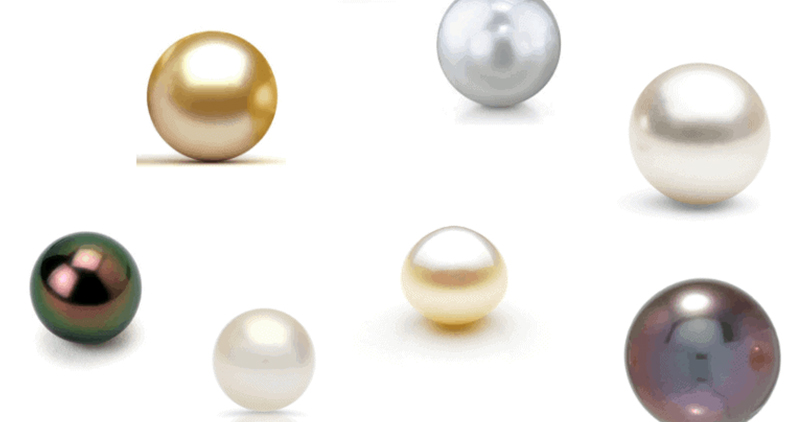
How Grading Affects the Perceived Value of Pearls
Grading debunks the widespread belief that all pearls are equally luxurious. By grading, pearls are sorted and placed according to their quality. The best and easiest way to know the true value of pearls is by grading them.
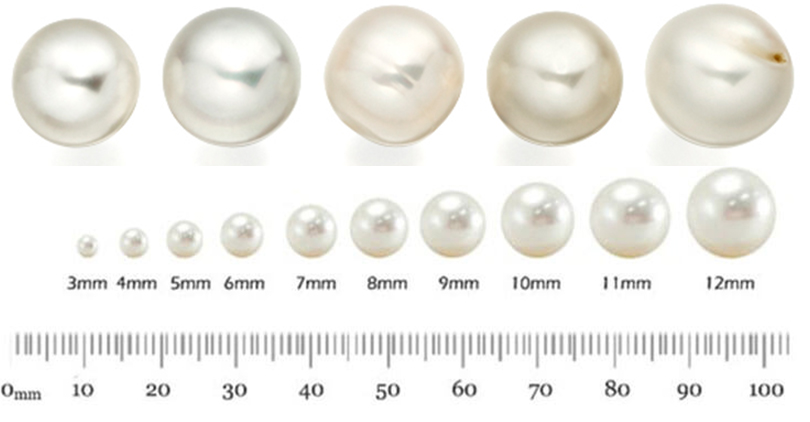
Certifications and Appraisals
Certification by a reputable laboratory is done through a series of tests to determine if the pearl is nucleated. Appraisals are more than just receipts. They underline the monetary value of your pearls, and certifications are usually a mark of quality assurance.
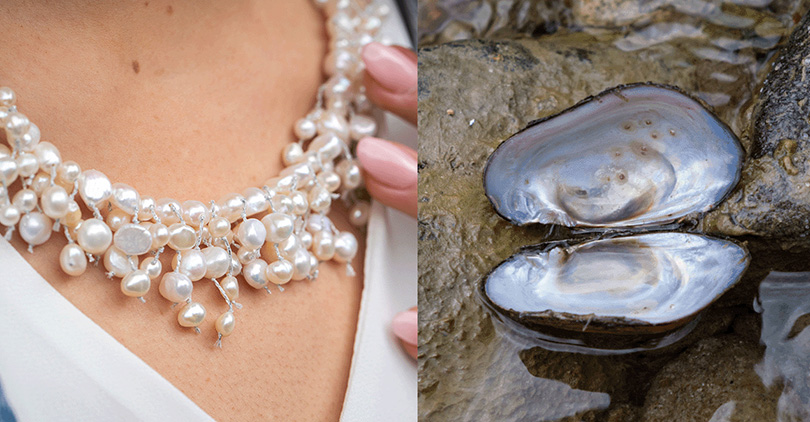
Setting a Fair Price for Pearl Jewelry
Balancing Factors like Rarity and Market Demand
As demand for rare and original pearls increases, you can expect the prices to go up. This is one factor that makes South Sea pearls expensive. They take 2-4 years to produce, making them rare and valuable.
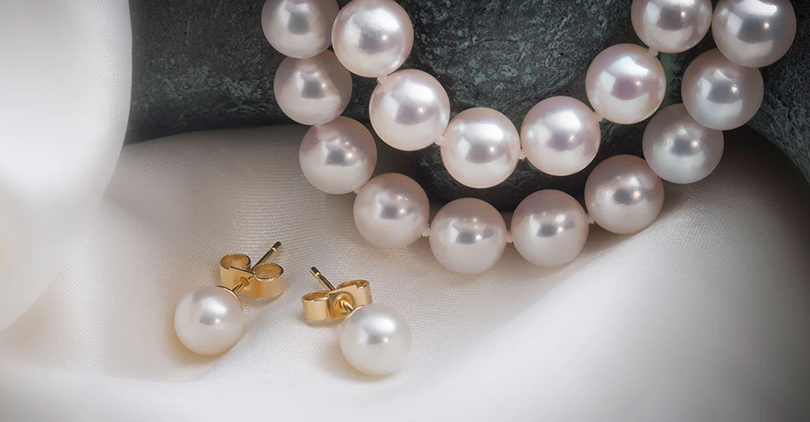
Consideration of Design, Craftsmanship, And Brand Reputation
Aside from all the stated factors, design, craftsmanship and brand reputation can also impact pearl price. For instance, while a piece of simple pearl jewelry at Mikimoto can start at US$5500, you’d find something similar at around $1,675.00 at the Whitevictoria online shop.
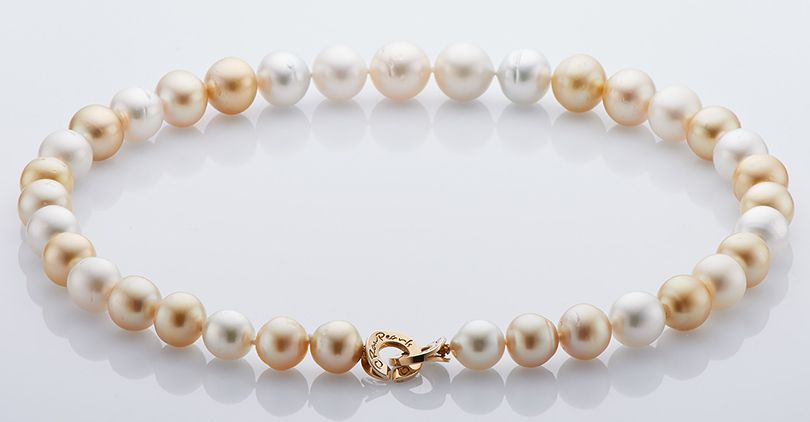
FAQ section
How do I determine the quality of a pearl?
Luster. Check! A sharp and bright luster tells you that your pearl is good quality, while a dull and chalky appearance suggests the opposite. Also, look at the surface quality. Good quality pearls have clear surfaces with tiny blemishes. Most importantly, here are some guidelines to ensure you buy genuine pearls.
Can pearls increase in value over time?
Yes. But this depends on several factors like the type of pearls, how rare they are and the brand names. Rare and high-quality pearls from luxury brands typically increase in value over time.
What role does origin play in pricing pearls?
Origin can influence pearl pricing, and here is how. You can expect to pay more if the pearls are sourced from rare oyster species. The same is true if they are sourced from some unique locations. For instance, Pinctada Maxima oysters found in the clear waters of the South Seas are rare and produce only a limited number of pearls, which gives them an expensive price tag.
Are cultured pearls less valuable than natural pearls?
Cultured pearls, when compared with natural pearls, are less valuable. Natural pearls are rare and more preferred.
How do market trends impact the pricing of pearls?
Market policies, supply and demand, and availability can impact pearl pricing. Also, the increasing desire to own pearls as a fashion item and investment are market trends that influence pearl prices.
Conclusion
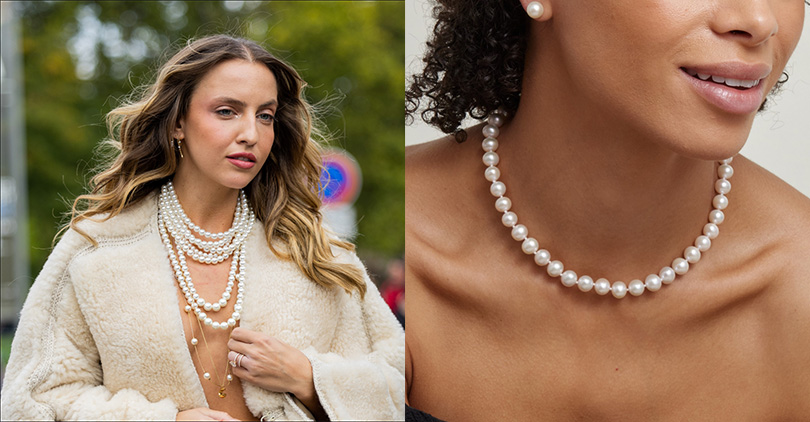
The beauty and luxury of pearls make you desire to own them. Thankfully, they are not out of reach. You can find freshwater pearls in almost any market at budget-friendly prices. If you decide to splurge, you can consider any saltwater pearls based on their luster, size, shape, origin and color. Whatever you decide, Whitevictoria’s online shop is the best place for genuine and perfect-matching pearl jewelry.


Leave a Comment